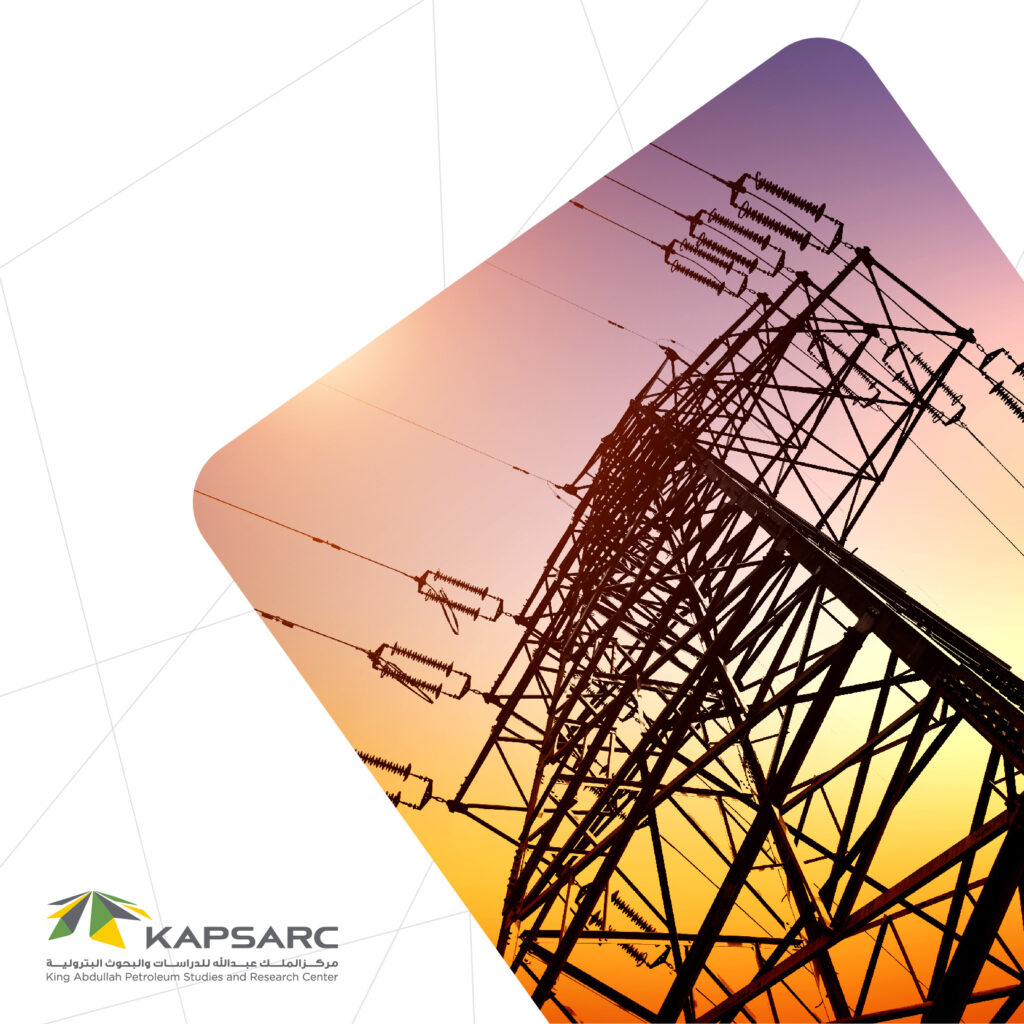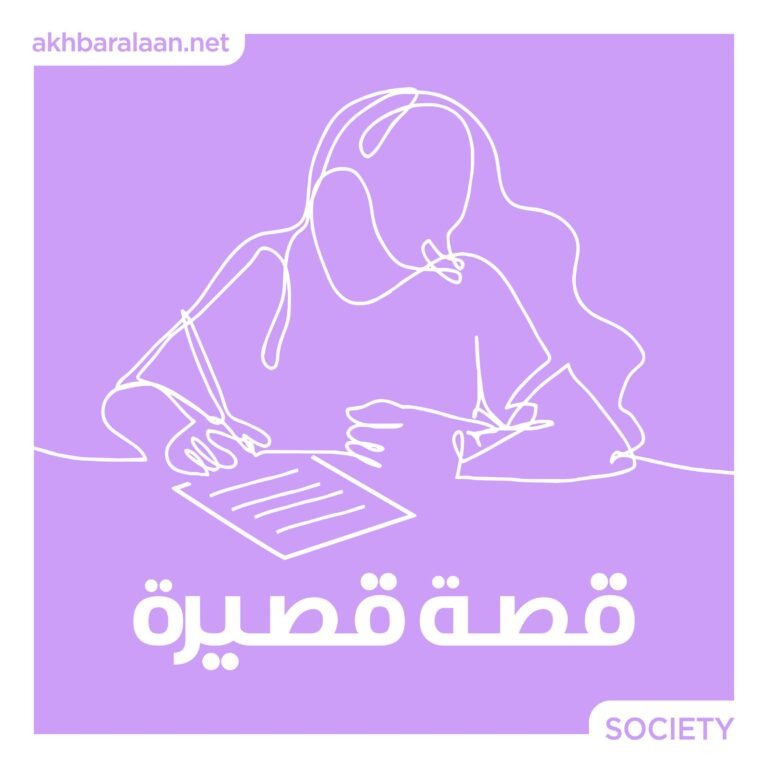النشرة الأسبوعية مساءً كل يوم سبت من اختيار المحررين
نشرة أسبوعية مسائية من بودكاست فلسطين تصلُك إلى بريدك الإلكتروني، تُقدِّم أمتع وأفضل الحلقات من أكثر من ٣٠٠ برنامج بودكاست عربي نختارها لك لتستمع وتستمتع وتتعلّم.
Saudi Arabia’s electric power industry is the largest in the Gulf region. The country’s electricity peak demand in 2007 was 35 GW, and almost doubled in size to reach 61.7 GW in 2017. That means an average growth rate of 5.31% annually. By 2030, it is expected to double again to reach a peak demand of 120 GW. This fast-paced growth in energy consumption is driven by many factors, such as population growth, strong economic and industrial development, improvements in living standards, harsh weather conditions, and low energy prices in the past.
To get electricity to the end-consumers, three distinct power businesses collaborate with each other to provide the nation with its power needs. These businesses are generation, transmission, and distribution. In the 1950s, Saudi Arabia had only two generation companies in Al-Ahsa and Jeddah. However, this number steadily grew to include several privately owned companies around the country that served large cities and towns. In the 1970s, the government combined all of these small players into four regional companies that are collectively known as the Saudi Consolidated Electrical Companies (SCECOs).
As demand and systems complexity grew further, the government took steps to restructure the electricity industry in the late 1990s, and merged all of the four regional companies to create a single, joint-stock monopoly that is vertically integrated, and called it the Saudi Electricity Company (SEC). It was tasked with carrying out all of the Kingdom’s generation, transmission, and distribution operations. At the time, the Saudi electric power industry faced several challenges, including the low operational efficiency caused by the vertical integration of the Saudi Electricity Company, the financial unsustainability of the sector due to the high dependency on government financial support, the lack of competitive players in the market, and the difficulty in securing large capital investment due to the low participation of the private sector.
With these clear shortcomings, there was an urgent need and interest in reforms and restructuring of the Saudi electric power industry. Efforts began with the establishment of the Electricity and Cogeneration Regulatory Authority (ECRA) in 2001 as an independent regulatory authority, with the aim of overseeing the electricity and cogeneration industries in the Kingdom. The newly created authority undertook the tasks of assessing tariffs, issuing licenses, monitoring service providers, investigating complaints, establishing the quality of service standards, regulating price control and managing the reforms. Its main objective is to ensure that consumers have access to affordable electricity supplies while providing sufficient income for service providers, and to improve energy efficiency and network reliability through new technologies and innovations.
Soon after, in 2005, the Electricity Law was adopted by Royal Decree, and later, in 2007, the ECRA released the Electricity Industry Restructuring Plan (EIRP) that proposed a gradual transformation of the electricity industry from a vertically integrated utility structure to a more competitive electricity sector in the future. It was revisited later in 2014 and adopted a ‘building block’ approach to the market reforms, and also suggested implementing a national competitive electricity market through five phases. The notable features included: unbundling of competitive and non-competitive business elements, rationalizing the fuel and electricity prices, and introduction of a spot wholesale electricity market. While overall progress has been slower than expected, it partly fulfilled the objectives by creating National Grid SA in 2012 to oversee and manage the transmission as a separate business unit within the SEC, and established Saudi Power Procurement Company in 2017 in the run-up to the competitive wholesale electricity market.
The government’s main rationale behind the reforms was that “electricity prices must reflect the economic costs of providing the electricity services, and that the electric power industry must depend for its survival and growth on the income it generates without resorting to government financial support.” The sustainability objectives as set forth in the Saudi Vision 2030 and National Transformation Program aim to transform the electricity industry going forward.
To view full study
[:ar]تُعَدُّ صناعة الطاقة الكهربائية في المملكة العربية السعودية الأكبر في منطقة الخليج. إذ بلغت ذروة الطلب على الكهرباء 35 جيجاوات في عام 2007، و تضاعفت تقريبًا لتصل إلى 61.7 جيجاوات في عام 2017، مما يعني أن متوسط معدل النمو كان يبلغ 5.31٪ سنويًّا. ومن المتوقع أيضًا أن تتضاعف ذروة الطلب مرة أخرى لتصل إلى 120 جيجاوات بحلول عام 2030. يأتي هذا النمو المتسارع في استهلاك الطاقة مدفوعًا بالعديد من العوامل، مثل النمو السكاني والتنمية الاقتصادية والصناعية القوية، وتحسّن مستويات المعيشة، والظروف الجوية القاسية وانخفاض أسعار الطاقة في الماضي.
ولإيصال الكهرباء إلى المستهلكين النهائيين، تتعاون ثلاثة قطاعات أعمال مع بعضها لتزويد السكان باحتياجهم من الطاقة، وهي التوليد والنقل والتوزيع. وبالعودة إلى خمسينيات القرن الماضي، كان لدى المملكة العربية السعودية شركتا توليد في كل من الأحساء وجدة، ومن ثم نما عدد الشركات المملوكة للقطاع الخاص لتشمل أنحاء البلاد وتخدم المدن الصغيرة والكبيرة. إلى أن جمعت الحكومة في السبعينيات كل هؤلاء اللاعبين الصغار في أربع شركات إقليمية، لتُعرف مجتمعةً باسم الشركات السعودية الموحدة للكهرباء (سيسكو).
أعقب ذلك ازديادٌ في تعقيد الطلب والأنظمة، فاتخذت الحكومة خطوات لإعادة هيكلة صناعة الكهرباء في أواخر التسعينيات، ودمجت الشركات الإقليمية الأربعة لإنشاء شركة مساهمة احتكارية متكاملة رأسيًّا، أطلق عليها الشركة السعودية للكهرباء، وكُلّفت هذه الشركة بتنفيذ جميع عمليات التوليد والنقل والتوزيع في المملكة. وقد واجهت صناعة الطاقة الكهربائية في المملكة العديد من التحديات، من بينها انخفاض الكفاءة التشغيلية بسبب التكامل الرأسي للشركة السعودية للكهرباء، وعدم الاستدامة المالية للقطاع بسبب الاعتماد الكبير على الدعم المالي الحكومي، وعدم وجود لاعب تنافسي في السوق، وصعوبة تأمين استثمارات رأسمالية كبيرة لانخفاض مشاركة القطاع الخاص.
حينها أصبحت الإصلاحات وإعادة هيكلة صناعة الطاقة الكهربائية السعودية حاجة ملحّة. فبدأت الجهود بإنشاء هيئة تنظيم الكهرباء والإنتاج المزدوج في عام 2001 كهيئة تنظيمية مستقلّة تهدف إلى الإشراف على صناعات الكهرباء والتوليد المزدوج في المملكة. واضطلعت الهيئة التي أنشئت حديثًا بعدد من المهام مثل تقييم التعريفات وإصدار التراخيص، ومراقبة مقدمي الخدمات، والتحقيق في الشكاوى، وتحديد معايير جودة الخدمة وتنظيم ضبط الأسعار، إضافة إلى إدارة الإصلاحات. ويتمثّل هدفها الرئيس في ضمان وصول المستهلكين إلى إمدادات الكهرباء بأسعار معقولة، وتوفير الدخل الكافي لمقدمي الخدمات، وتحسين كفاءة الطاقة وموثوقية الشبكة من خلال التقنيات والابتكارات الجديدة.
وبعد فترة وجيزة من إنشاء هيئة تنظيم الكهرباء، اعتمد قانون الكهرباء بموجب مرسوم ملكي في عام 2005، وأصدرت هيئة تنظيم الكهرباء والإنتاج المزدوج في عام 2007 خطة إعادة هيكلة صناعة الكهرباء التي اقترحت تحوّلًا تدريجيًّا في صناعة الكهرباء وذلك بالانتقال من هيكلة مرفق متكامل رأسيًّا إلى هيكلة أكثر تنافسية لقطاع الكهرباء في المستقبل. وفي عام 2014، أعيد النظر في خطة الإصلاح وطُوّرت خارطة توضيحية جديدة لتصميم إصلاحات السوق، والتي تقترح تنفيذ سوق كهرباء وطني تنافسي عبر خمس مراحل، وشملت المزايا المهمة فصل العناصر التنافسية وغير التنافسية، وترشيد أسعار الوقود والكهرباء، وإدخال سوق فوري للبيع بالجملة. وعلى الرغم من أن التقدم الإجمالي كان أبطأ من المأمول، إلا أنه حقق الأهداف جزئيًّا بإنشاء الشبكة الوطنية في عام 2012 للإشراف على النقل وإدارته كوحدة أعمال منفصلة داخل الشركة السعودية للكهرباء، بالإضافة إلى إنشاء الشركة السعودية لشراء الطاقة عام 2017 في فترة التحضير لسوق تنافسية للكهرباء بالجملة.
لقد كان المبدأ المنطقي للحكومة وراء الإصلاحات هو أن “أسعار الكهرباء يجب أن تعكس التكاليف الاقتصادية لتقديم خدمات الكهرباء، وأن تعتمد صناعة الطاقة الكهربائية في استمرارها ونموها على الدخل الذي تحققه دون الحاجة إلى الدعم المالي الحكومي”. وتسعى أهداف الاستدامة المنصوص عليها في رؤية السعودية 2030 وبرنامج التحول الوطني إلى المضي قدمًا بتحويل صناعة الكهرباء في المملكة العربية السعودية.
للاطلاع على الدراسة كاملة
[:]الجزء الثاني
- تطوير وتنقيح الاتجاهات السائدة لتحسين سلاسل القيمة في الولايات المتحدة الأمريكية : عامل النفط الصخري
- التخزين على نطاق المرافق: عملاق نائم أم مجرد سراب؟
- انتقال المملكة العربية السعودية إلى اقتصاد الهيدروجين: نقلة نوعية
- أمن الطاقة وتنويع المحفظة: من منظور المصدرين
- إصلاحات قطاع الكهرباء في المملكة العربية السعودية: الملامح، والتحديات، والفرص لتفعيل أسواق مشتركة – الجزء الثاني
- إصلاحات قطاع الكهرباء في المملكة العربية السعودية: الملامح، والتحديات، والفرص لتفعيل أسواق مشتركة – الجزء الأول
- تجربة المملكة العربية السعودية في تدابير التخفيف من إحراق الغازات
- توضيح آليات دعم أنظمة التوليد الموزع للطاقة الشمسية الكهروضوئية
- آفاق تطوير الغاز غير التقليدي في المملكة العربية السعودية
- تقدير تأثير جائحة كوفيد-19 على الناتج المحلي الإجمالي للمملكة العربية السعودية



